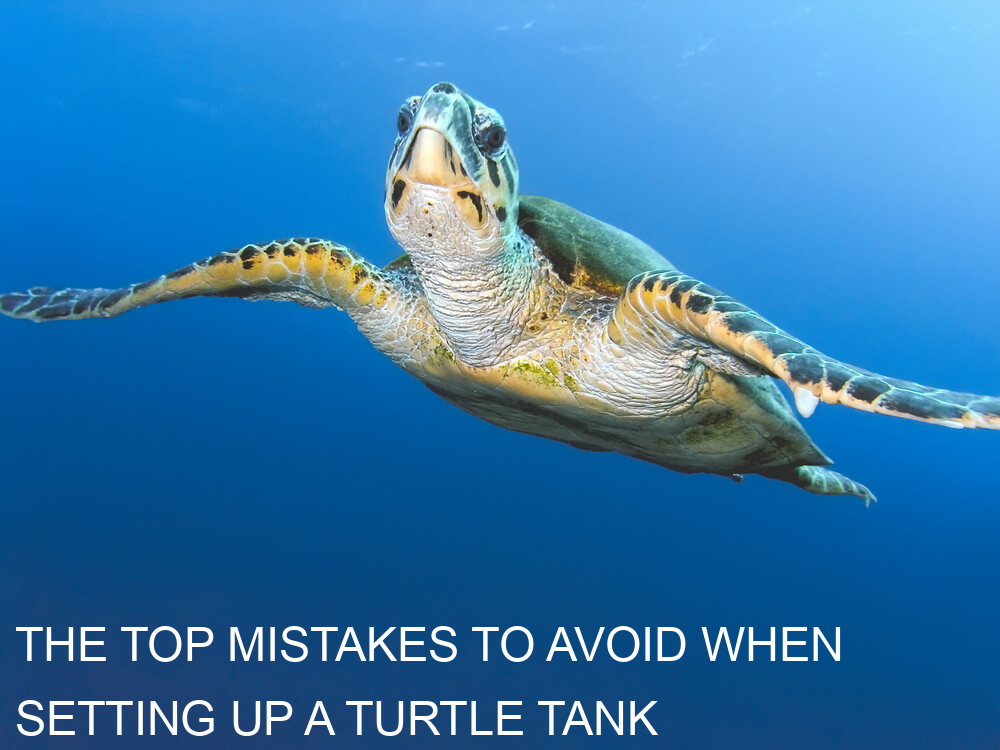Setting up a turtle tank is fairly simple, but there are many pitfalls you can fall into that will doom your attempt from the start. Careful planning and research is required to ensure your captive turtles have what they need to be happy and healthy. Keeping turtles as pets can be very rewarding, but it does require a fair bit of trial and error to get everything right.
Here’s our guide on how to avoid common pitfalls when setting up a turtle tank, so you don’t lose heart at the first hurdle.
How should a turtle tank be set up?
A turtle tank should be set up in a place that has plenty of light, is well-ventilated, and is not too humid. The area needs to have some kind of basking area and a place for the water to drain. A filter should also be included. Lastly, the cage needs to have at least one perch for the turtles to rest on.
How long should I wait to put my turtle in a new tank?
One of the first questions people ask when setting up a new tank is how long they should wait before introducing their turtle to a new habitat. There’s no hard and fast rule that can be applied, but it is generally thought that as long as you have given your turtle time to acclimate to the tank and become comfortable, there’s no harm in putting them in and waiting for a few days before introducing anything to them.
What is the best thing to put in the bottom of a turtle tank?
There are plenty of things that you can put in the bottom of a turtle tank to make it easier for your turtles to get around. You might want to consider including them in your enclosure’s design, depending on what you prefer.
A popular choice is to put gravel or tile there. This will help your turtles navigate their tanks easily and provide them with lots of traction while they’re hunting. You could also include some plants that can help camouflage their scent and make them feel less visible.
Another option is adding a large, flat rock or some wood chips, as those are great materials for both aesthetically pleasing designs and providing a natural habitat for your turtles.
Whatever you decide, it’s important that the flooring is easy on animals’ feet and doesn’t damage their shells. Not only that, but the substrate should be non-toxic so it won’t harm your turtles as well.
How do I make sure my water is safe for my turtle?
The first thing to do is check your water for safety. If you can’t find a suitable supplier, we recommend using distilled water.
You’ll also need to make sure that the tank you use is big enough to accommodate the turtles’ size. A 10-gallon tank would be a good size for one adult female turtle, but would not be adequate for two adults or three children.
It’s also important to ensure that the surface of the water in your tank is clean. Water quality can also impact how much space you will need in your aquarium.
Finally, you must ensure that all of the equipment you use with your turtle is safe. We don’t recommend using any old water bottle as an aquarium; instead, invest in a high-quality container for your turtle’s water needs.














